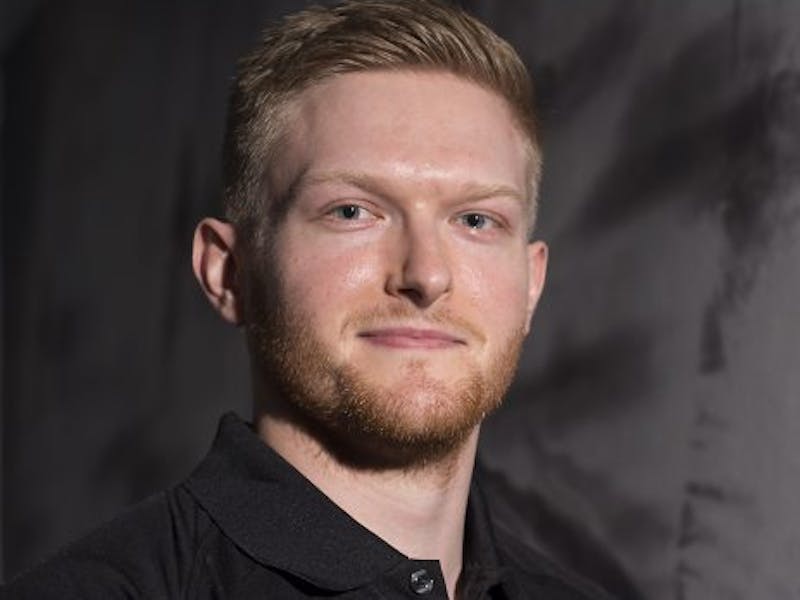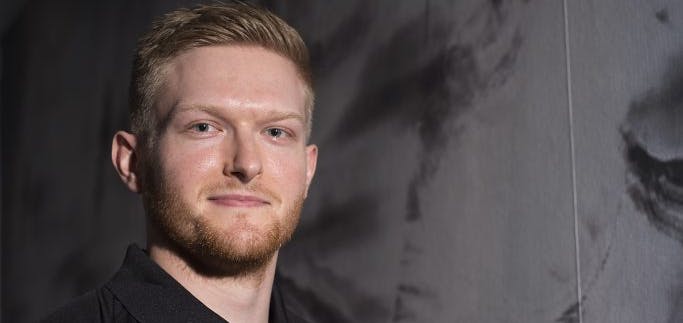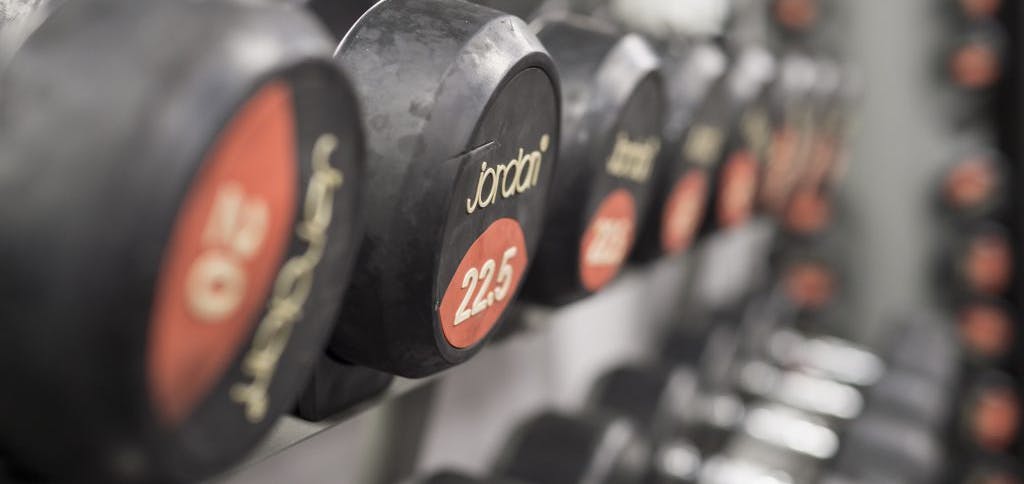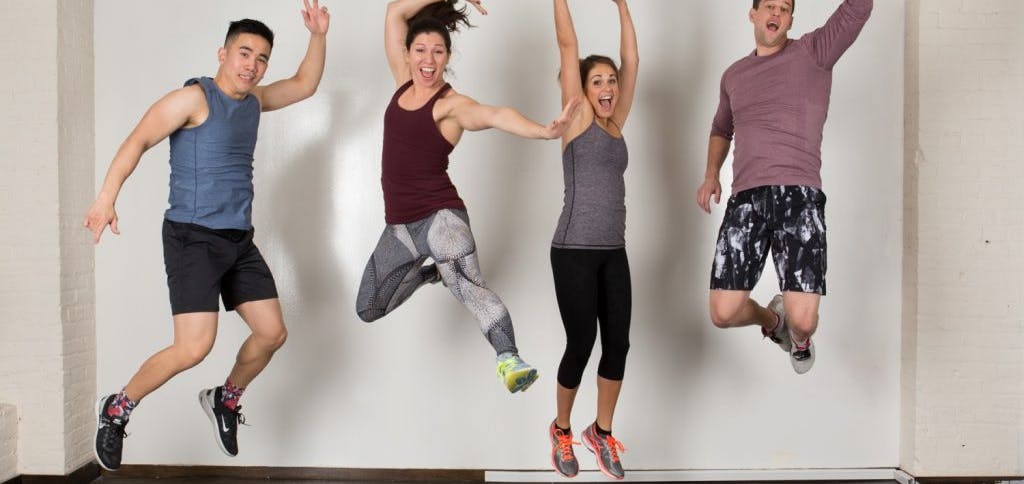Here at Exclusive Fitness, we like to think that we don’t just train clients. We do our best to explain the logic behind our methods and hope that our members can learn a thing or two from us along their fitness journey. We try to look at how people train certain body parts, the logic behind it, the kind of exercises you see used and hopefully dispel some myths along the way.
When it comes to certain body parts, the abs are a huge one when it comes to gym goers. The “6 pack” look and toned tummy is something both members and non-members have asked countless times how to best go about getting. In fact, there are hundreds of people who go to the gym every day in search of one thing - 6 pack abs. You see it all the time – people checking their abs in the mirror, doing hundreds of crunches, following these “core blasting” workouts for a “guaranteed 6 pack” that they’ve found an Instagram model doing online.
This here presents the main problem. People tend to forget that the core is not just about the abs. It plays a massive part in almost everything you do on a day-to-day basis, and is made up of various muscles – not just those that give the “6 pack look”. A weak core can lead to endless problems in areas such as mobility and is the number one cause of back pain I have seen in a huge number of clients who have come to me for help.
So how can you train the core to look good whilst keeping it strong and functional? The first thing you need to know is what the core actually is, and you need to know why certain popular training methods are far from ideal for keeping it healthy and functioning to its maximum potential. So, on that note, let’s break things down in a nice simple way.
What is the Core?
There are 2 units that form the core, these being the inner and outer units, both playing different roles in body movement. Let’s take a closer look at each.
Inner Unit:
- Stabilizes spine
- Made up of 5 muscles; internal obliques, diaphragm, transverse abdominals, pelvic floor, multifidus
- Muscles cannot be isolated, as the unit works as 1
Outer Unit:
- Moves torso
- Made up of 4 muscles; external obliques, rectus abdominus, erector spinae, quadratus lomborum
- Each muscle can be isolated
So we see - The core needs to be seen as more than one, isolated muscle you are looking to simply tone. It’s much more than that. So then, how to go about your core and ab training? Before we look at that, we need to see what's best to avoid.
Myths about abs
There are so many quick fix ab workouts out there, you can’t miss them. Before telling you what we would recommend you do though, there is a much more important angle to take. This is what NOT to do. We are going to break this down quite simply and address some of the more popular theories that we would highly recommend you avoid. The following are the 4 biggest mistakes seen on a daily basis:
- Lots of sit-ups and leg raises will give you abs
- Ab machines are good
- Lots of short reps (eg crunches) are good
- Train abs every day
There are a few reasons why none of the above will usually appear in a training program you see at Exclusive Fitness.
Let’s address the first point. There is a belief amongst many that movements like sit ups, leg raises etc are the best way of hitting your core and abs. This really isn’t the case. Take leg raises, for example. The abs are not actually attached to the body part you are raising. The leg raise does work the abs – however, it works them merely as stabilisers, not as agonists (translation: the main muscle you are working). Your hip flexors really kick into gear when doing a leg raise – not exactly what you are looking to work when chasing those 6 pack abs, right? Of course, leg raises can hold a place in any workout program. But purely as a “core” exercise in its own right? There are better options.
So, why not short reps then? Yes, shorter reps in exercises like crunches and reverse crunches do target the abs, but one major point is often ignored. Whenever you work an agonist muscle, you need to work its antagonist (its opposite). This is extremely important in promoting muscular balance. By doing, for example, 50 crunches, you then need to work the antagonist muscle, in this case the erector spinae (lower back). You rarely, however, see people working their lower back in this way for 50 reps. These people will become somewhat hunched, and will promote a great muscular imbalance, leading to various core problems and a greater potential for injury.
As far as isolated ab machines go, the above 2 paragraphs pretty much cover everything you need to know, as the effects will be similar. The other big negative is that on a fixed, isolated machine you will never truly engage all of your core muscles. That, however, will be getting an article of it’s own, so I won’t go into too much detail here. Just avoid them if you can!
The final point raised above is an obvious one. The abs are in many ways just like every other muscle when it comes to scheduling a workout. You can over-train them, and they need rest. Therefore we would never recommend training them every day just like we would never really recommend training anything every day, unless you are at a top level of fitness.
So now you know the don’ts, let’s look the do’s.
How to get abs
There are 5 very simple but effective means of gaining abs.
- Burn fat
- Nutrition
- Lifestyle
- Work your core
- Compound exercises
Burning fat is simple enough in theory through cardiovascular exercise and weight training. Likewise with nutrition - if you have a low-calorie diet which keeps fat from storing, you will be able to see your abs. Easy enough in theory, but it is often the hardest part for many people. You can train your abs and core all you want, but if your diet is not good enough and you are not burning enough fat, you’re going to struggle to see what you want to see. The stomach area if often the last place fat leaves, so getting the nutrition right can be vital. Take some time to prepare meals, and make sure you aren’t consuming more than you need. The abs may already be there – they are just being covered by a layer of excess!
Lifestyle may be more difficult to change, but it can be extremely important. It’s been proven that when stress levels rise, a hormone named cortisol is released, which actually encourages fat storage around the abdominal region. If you feel you are stressed, try to change your lifestyle to ease it. Try finding an activity that relieves stress – training itself can be a good example of this – and do it daily/weekly. Again, it’s much easier said than done but is something worth noting for those of you who are undertaking the pursuit of abs.
Working the whole core can be achieved through some basic exercises. There is one key method that can be incorporated for every single core exercise that encourages total core engagement; abdominal hollowing. This works like this:
Breathe in, and as you breathe out slowly suck your belly button in and squeeze the muscles inside.
For example, when people plank, they tend to tense their abs and stay there for a while. When doing a plank whilst applying abdominal hollowing, however, the exercise becomes much, much harder. This method can be applied to every core exercise, with our most recommended being the lower body Russian twist (at a 5:5 tempo, meaning 5 seconds down, 5 seconds up) and the Superman.
The final point, and our personal favourite at Exclusive, is the use of compound exercises. These are excellent for engaging, once again, the whole core, and can be any kind of explosive power movement from a power clean to a squat, or from a nice heavy deadlift to a bench press. The core must keep strong and engaged throughout the whole lift to keep your body in order. This is a surefire way to really get some core strength without even realising you are doing it.
Start applying some of the methods mentioned here and you will see some results. Apply all 5 and you will have that 6 pack in no time
To Conclude
In theory, apply all of the above and those abs will be visible in no time. In practice, of course, this takes time and a lot of hard work. However, small changes and consistency are the key here. You want abs? Start with applying some of the advice presented here, and in time it will happen. Good luck!





